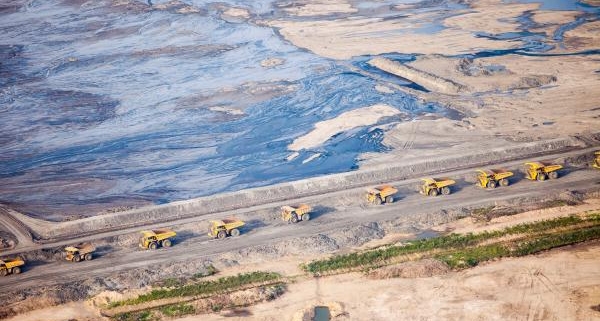Oil sands are sedimentary sands rich in natural bitumen and are therefore also referred to as “asphalt sands”. China’s energy structure is rich in coal, lean in oil, and low in gas. Oil sands are unconventional oil and gas resources. The reserves are second only to coal. After oil sands are dry distillation, pyrolysis oil and combustible gas similar to crude oil can be obtained. As a supplement to conventional energy, Changing China’s energy structure has very important strategic significance.
The oil sand pyrolysis dry distillation product is divided into four parts: non-condensable gas, pyrolysis oil, pyrolysis semi-coke, water.
1. Non-condensable gas can be used as a heat source for pyrolysis retorting of gas;
2.The pyrolysis oil can be further fractionated as a crude oil into the fractionation column;
3.After oil extraction from Indonesian oil sands by pyrolysis and retorting system, about 80% of pyrolysis semi-coke is produced, the particle size is less than 1mm. If it is directly discharged, it will seriously pollute the environment, and the semi-coke still contains undecomposed organic matter and unburned. Fixed carbon, if not burned, will result in wasted energy. The main component of the semi-coke is CaO, which can be used as a raw material for the production of cement clinker.



